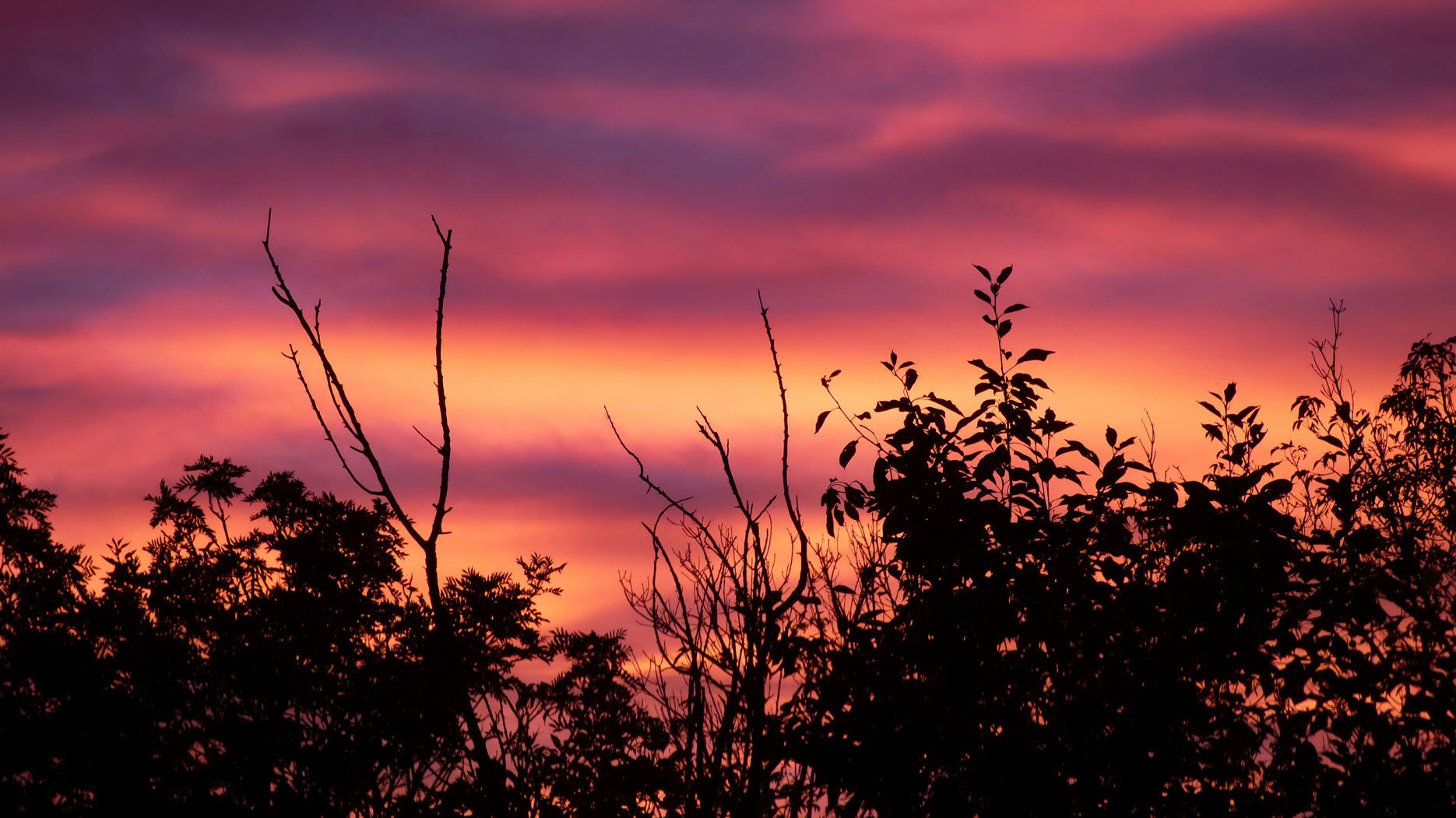Land acknowledgements are meant to honour relationships – to the land and to each other. This is just one essential step toward reconciliation.
AMA Guide to Indigenous Land Acknowledgements
The AMA Guide to Indigenous Land Acknowledgements covers the following topics:
- Why share a land acknowledgement?
- Guide to pronunciations
- Dos and Don’ts of Land Acknowledgements
AMA’s Land Acknowledgement Statement
The following land acknowledgement statement was approved by the AMA’s Indigenous Health Committee on March 8, 2024, and was subsequently approved by the AMA Board of Directors.
Land Acknowledgement Statement (with pronunciations – for reading out loud)
The Alberta Medical Association respectfully acknowledges that we are privileged to live and work on the traditional lands of diverse distinctions-based Indigenous Peoples, including the Anishinaabe (Ah-nish-nah-bey), Dené (De-ne), Nehiyawak (neh-Hee-o-wuk)(Cree), Niitsitapi (nee-itsee-TAH-peh) (Blackfoot), Otipemisiwak (Oh-tih-pem-soo-wuk ) (Métis), Sioux Nakoda (Soo Na-koh-da), Stoney Nakoda (Na-koh-da), Tsuu T'ina (Soot-inna)and more. This land has been gifted with many names including Treaties 6, 7 and 8; the Métis Nation within Alberta, its Otipemisiwak Métis government, the eight Métis settlements and its Métis Settlements General Council and the Homeland of the Métis. The AMA honours the vibrant histories, languages and cultures of the First Nations, Inuit and Métis peoples of Turtle Island, now known as settler Canada, who came before us and continue to thrive here today. We invite everyone to reflect further on how you can contribute to meaningful reconciliation, including actions that move us toward wholistic health for all the relations who host us.
Land Acknowledgement Statement (without pronunciations)
The Alberta Medical Association respectfully acknowledges that we are privileged to live and work on the traditional lands of diverse distinctions-based Indigenous Peoples, including the Anishinaabe, Dené, Nehiyawak (Cree), Niitsitapi (Blackfoot), Otipemisiwak (Métis), Sioux Nakoda, Stoney Nakoda, Tsuu T'ina and more. This land has been gifted with many names including Treaties 6, 7 and 8; the Métis Nation within Alberta, its Otipemisiwak Métis government, the eight Métis settlements and its Métis Settlements General Council and the Homeland of the Métis. The AMA honours the vibrant histories, languages and cultures of the First Nations, Inuit and Métis peoples of Turtle Island, now known as settler Canada, who came before us and continue to thrive here today. We invite everyone to reflect further on how you can contribute to meaningful reconciliation, including actions that move us toward wholistic health for all the relations who host us.
Condensed version used in AMA staff email signatures
The AMA respectfully acknowledges that we live and work on the traditional lands of many diverse distinctions-based Indigenous Peoples. The AMA honours the vibrant histories, languages and cultures of the First Nations, Inuit and Métis peoples of Turtle Island, now known as settler Canada, who came before us and continue to thrive here today. We are committed to meaningful reconciliation and wholistic health for all.
Indigenous Health
Learn about the Indigenous Health Committee and view the AMA Policy Statement on Indigenous Health.
